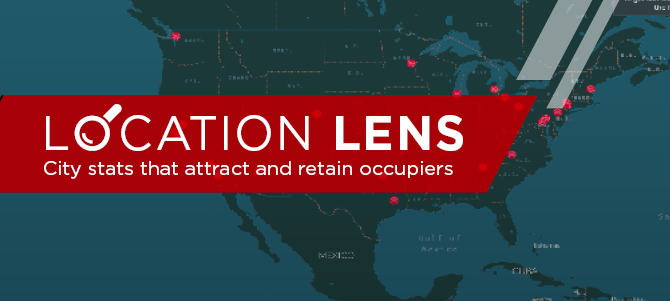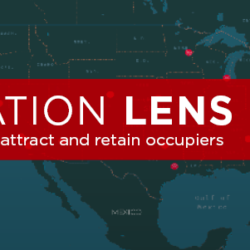 What makes a city attractive to occupiers? Markets across the country grapple with this question in an attempt to be the destination of choice for new companies and organizations looking to expand to a new office location.
What makes a city attractive to occupiers? Markets across the country grapple with this question in an attempt to be the destination of choice for new companies and organizations looking to expand to a new office location.
Just as employees are benefiting from a tight job market, companies currently have leverage in many places as they search for new office locations. Businesses are being shrewd about which cities they choose and where they locate their offices within the market. Key components in location decisions include the city’s economic growth trajectory, critical demographics, costs, and infrastructure.
Cities vary across these factors, so companies need to find the new office location that makes sense for their business strategy and future growth plans. Take New York and Minneapolis, for example. Two very different cities that offer unique benefits to corporate residents. As the largest American city, New York offers an enormous economy (over $1.1 billion); an extremely flexible transportation infrastructure; and a large pool of young, educated employees. However, it also has extremely high costs of doing business, costs of living, and real estate costs.
The Minneapolis-St. Paul economy is one-fifth the size, but is projected to grow faster over the next five years. Costs of living and business costs in the area are in line or below the national average. And finally, the Twin Cities have a higher percentage of adults with at least a bachelor’s degree (40% vs. 38% in New York and 30% across the U.S.).
Cushman & Wakefield has created Location Lens, stats on the 25 largest U.S. cities that compare and contrast five areas: economic growth, population makeup, transportation options, business costs, costs of living, and commercial real estate fundamentals.
View the Location Lens interactive map and 25 key market pages.

Comments are closed